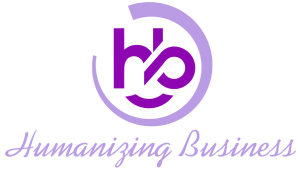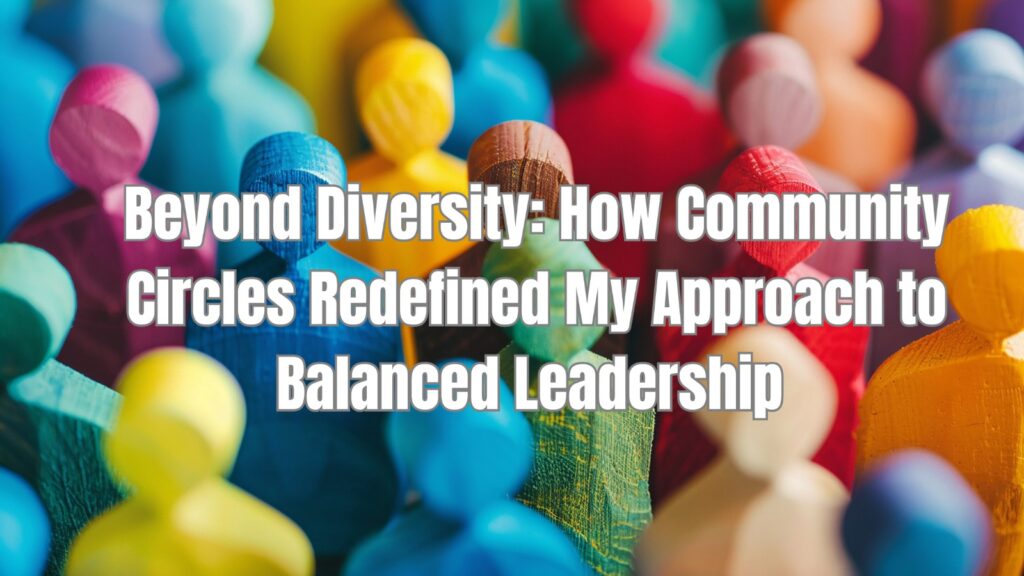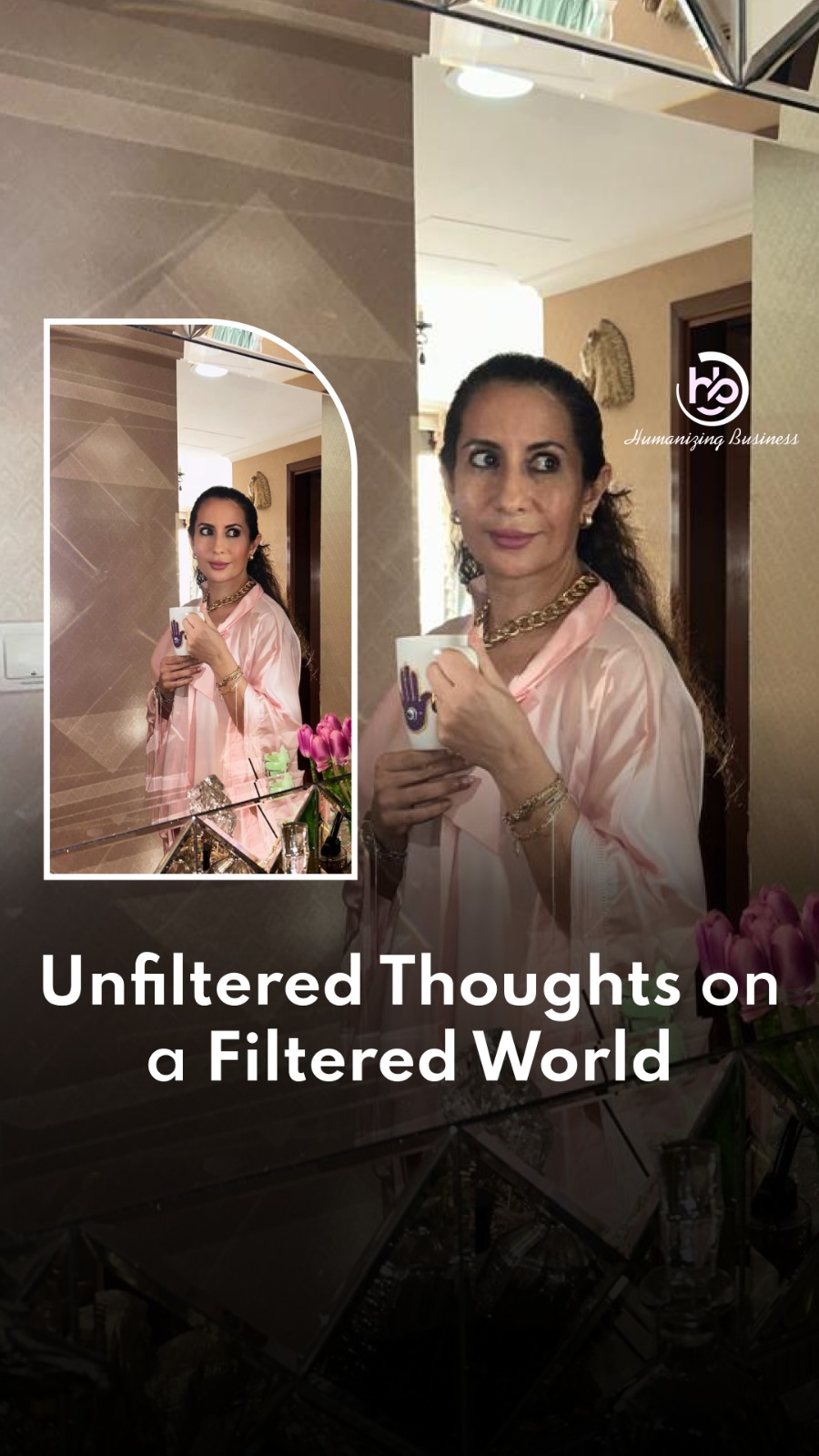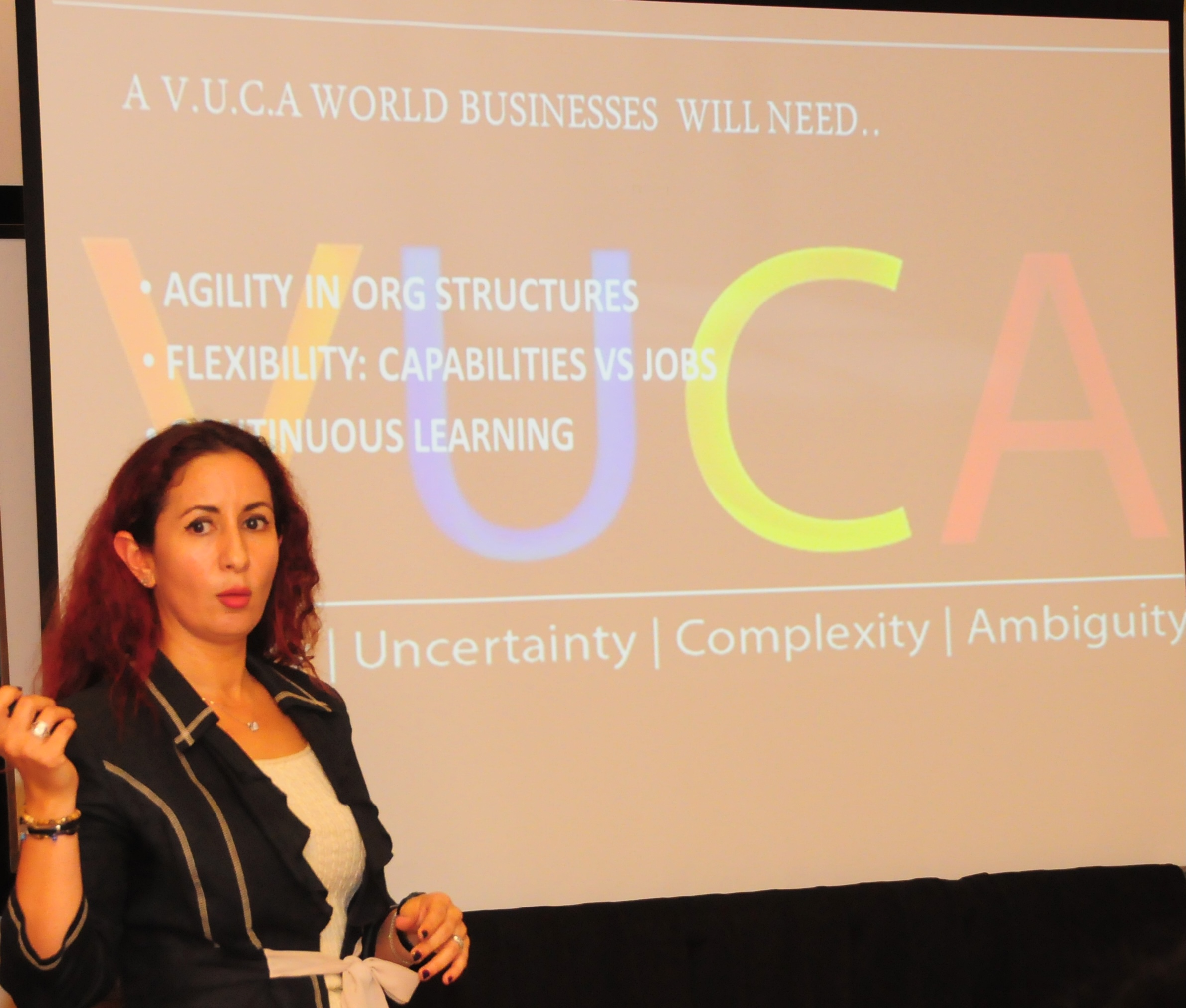In my career as a leadership consultant, I’ve been fortunate to facilitate numerous community circles and diversity think tanks—spaces where voices come together to share insights, lived experiences, and often hard truths about workplace culture. These gatherings are designed to encourage open dialogue, uncover real challenges, and ultimately, build stronger, more inclusive teams. Through these honest and powerful conversations, my approach to diversity and inclusion evolved, highlighting the impact of balanced leadership and a truly human-centric approach.
Discovering the Gaps in Diversity Initiatives: A Pivotal Moment
One of the most transformative moments in my journey came through working with a client deeply committed to advancing diversity within their organization. They had impressive metrics, consistently meeting representation targets and expanding the variety of perspectives within their teams. Yet, despite this achievement, employees still felt something was missing.
During a session that felt much like one of my community circles, we brought together leaders and employees from various backgrounds to talk openly about their experiences with workplace culture and inclusion. While there was recognition of the importance of diverse representation, it was clear that many people still struggled with a lack of genuine belonging and connection. They felt they were present yet not fully seen, counted but not deeply valued.
One leader, who had been with the organization for years, shared her experience: “I feel heard, but my voice doesn’t seem to carry the same weight as others.” It was a statement that resonated with many others in the room. Another team member spoke of how the organization was good at hiring diverse talent but often fell short of truly integrating these perspectives into daily operations and decision-making. This echoed a common sentiment: while diversity numbers were strong, the organization lacked balance in how it created and maintained an inclusive workplace culture.
The Importance of Balance in Workplace Culture
Listening to these stories, I realized that diversity alone wasn’t enough to build the kind of work environment people were longing for. Representation matters, but without balance, diversity can feel like a checkbox rather than a meaningful commitment to inclusivity. For true impact, it became evident that fostering a balanced work culture—one that goes beyond diversity metrics and centers on human-centric leadership—is essential.
Balanced leadership involves creating spaces where everyone, regardless of their background or title, feels they can not only contribute but also influence outcomes. It’s about empowering people to shape the culture they’re part of. In this sense, balance means that every voice is valued and has an equal opportunity to drive change and impact. This realization shifted my approach to consulting, inspiring the work I do today with a renewed focus on building not only diverse but balanced and inclusive teams.
Shifting to a Human-Centric Approach to Leadership
This experience solidified my belief that cultivating a human-centric workplace is foundational to a sustainable, thriving culture. A human-centric approach prioritizes the well-being, inclusion, and empowerment of every team member. When organizations focus on balance, they move beyond simple metrics to create environments where individuals feel they are genuinely a part of the organization’s journey.
The work I do with Tawazoun is rooted in this philosophy. Our focus is not only on driving diversity but on helping organizations build balanced leadership models that enable sustainable, meaningful growth. Through a balanced leadership approach, we guide leaders in creating workplace cultures that don’t just look inclusive but feel inclusive. We help foster environments where people are not just counted but celebrated, where each person’s unique perspective is an asset rather than an afterthought.
Balanced Leadership as a Practice, Not a Goal
One of the biggest lessons I’ve learned from these experiences is that balanced leadership isn’t a goal to be checked off; it’s a continual practice that organizations need to nurture. Balanced leadership goes beyond diversity quotas and demographic representation—it’s about fostering a culture of respect, inclusion, and genuine connection. When people feel valued for who they are and are empowered to contribute, organizations don’t just meet diversity targets—they build inclusive cultures that drive real impact.
Balanced leadership also addresses the broader, underlying issues within workplace culture, such as equity, fairness, and accessibility. It’s about understanding and removing the systemic barriers that often keep people from participating fully. Through balanced, human-centric leadership, we can create workplaces where diverse voices aren’t just included; they are integral to shaping the organization’s future.
Turning Insights into Actionable Change
The insights I’ve gathered from community circles and think tanks continue to guide my approach. These spaces for honest, open dialogue revealed that metrics alone don’t tell the whole story—real progress is found in the human moments, in the daily experiences of each team member. By turning these insights into actionable strategies, I aim to help organizations cultivate balanced leadership practices that transform workplace culture from the ground up.
Today, through platforms like Tawazoun, I work to carry forward the lessons learned from these experiences, fostering leadership models that prioritize balance, inclusivity, and empowerment. Each conversation reminds me that true progress lies in the journey toward balance, where diversity and inclusion are embraced not as metrics but as the heart of a genuinely human-centered approach.
For those on a similar journey, I hope these reflections inspire you to move beyond numbers and reimagine diversity as part of a broader pursuit of balanced, inclusive leadership. Balance is more than a strategy; it’s a pathway to lasting change where every voice can shape the future.




